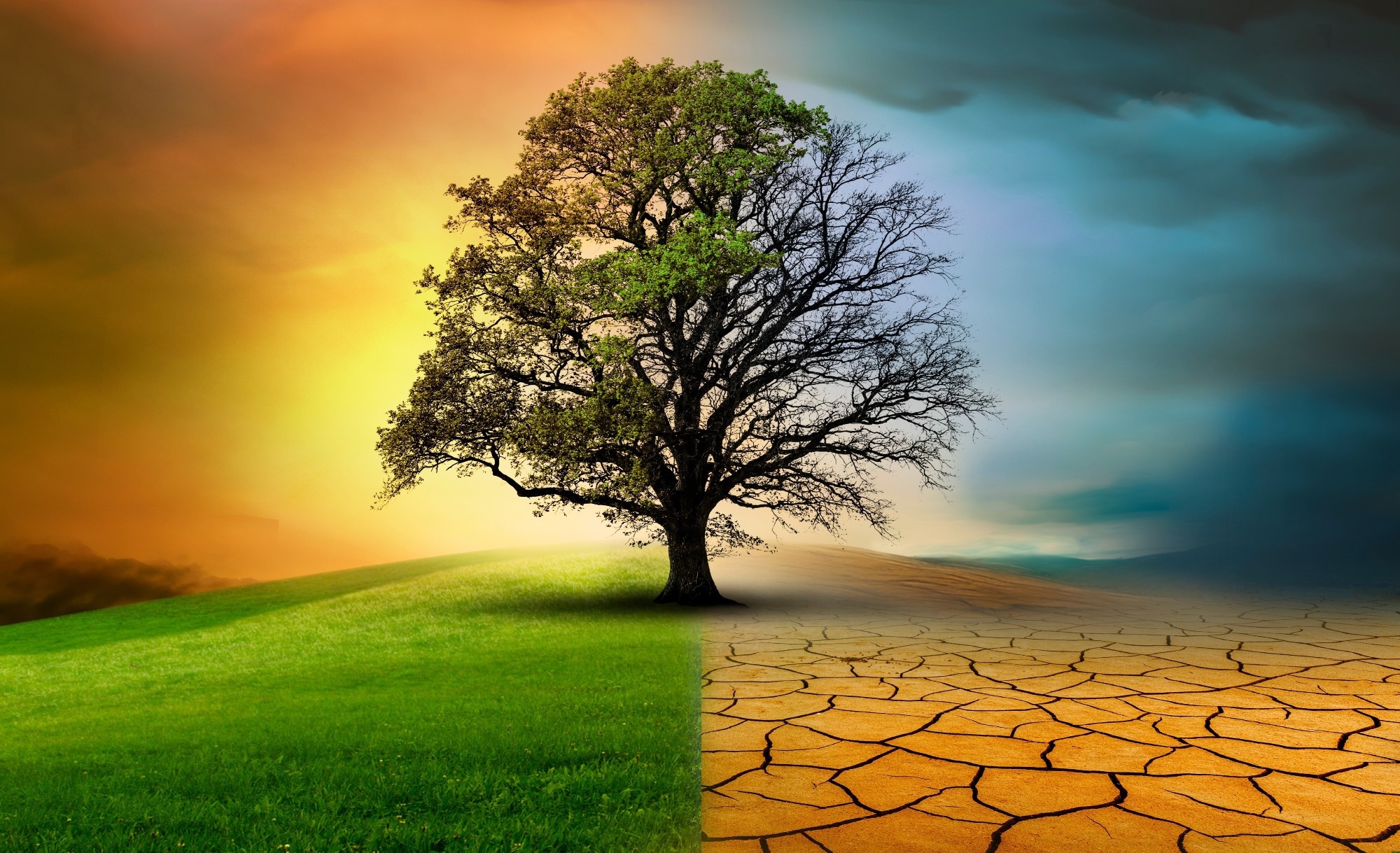A new initiative at KIT is developing a modular AI world model that integrates climate, weather, and environmental processes, providing deeper insights into nonlinear Earth system interactions and supporting more informed decisions on climate resilience.

Image Credit: by-studio / Shutterstock
Climate change is already altering weather patterns and ecosystems worldwide. Long-term consequences may include dramatic increases in extreme events or even the collapse of entire ecosystems. “Numerical climate, weather, and environmental models already help us estimate these coupled changes across large spatial and temporal scales. However, modeling the entire Earth system at the required level of complexity has remained a formidable challenge for decades.
AI has the potential to be a game-changing technology in modeling complex systems such as the Earth system,” says tenure-track Professor Peer Nowack of KIT’s Institute of Theoretical Informatics, who coordinates the WOW project.
“AI can emulate, i.e., mimic, the behavior of computationally expensive physics-based models. But the truly transformative step is that it can be trained or fine-tuned directly on observational data. In weather forecasting, this has led to AI models surpassing conventional models in key performance scores within just a few years.”
Creating a Coupled AI-Based World Model
In the WOW project, Nowack and seven other KIT researchers explore how multiple AI models representing different Earth system processes can be coupled through their latent spaces, internal abstractions learned by the models.
This strategy may offer an effective way to link AI sub-models across spatial and temporal scales. The researchers aim to adapt an approach from computer science known as “world models,” here applied not to virtual settings but to the physical Earth system.
Shaping the Modular Architecture
WOW will develop new methods to interconnect specialized AI models while maintaining global consistency and computational efficiency. The AI components include emulators of global climate models, data-driven weather forecasting tools, and high-resolution models for localized phenomena such as wildfires or floods.
The goal is to integrate these individually trained sub-models into an end-to-end chain that links global drivers to local impacts. Achieving this will require innovations in AI methodology and improvements in the constituent sub-models.
The project team includes computer scientists and environmental scientists working collaboratively on these challenges.
Understanding Complex Earth System Feedbacks
The researchers aim to shed light on nonlinear interactions within the Earth system. “We want to know how variations in one part of the Earth system affect others, for example, how droughts or changed cloud formation might feedback onto climate and vice versa,” explains Professor Almut Arneth of KIT’s Institute of Meteorology and Climate Research, Campus Alpin. “This could help us reveal connections in the climate system that have remained hidden so far.”
Broader Implications Across Scientific Domains
Even in the medium term, such an AI world model could support improved risk assessment and more informed decisions on climate adaptation and mitigation. “In the future, our methods might also be applied to other natural sciences where complex systems are modeled,” says Dr. Markus Götz from KIT’s Scientific Computing Center.
“If we learn to couple AI models efficiently, we can understand relations between them faster and more accurately. All told, this offers great opportunities for science.” The Carl Zeiss Foundation is supporting the WOW project with € 6 million over five years.